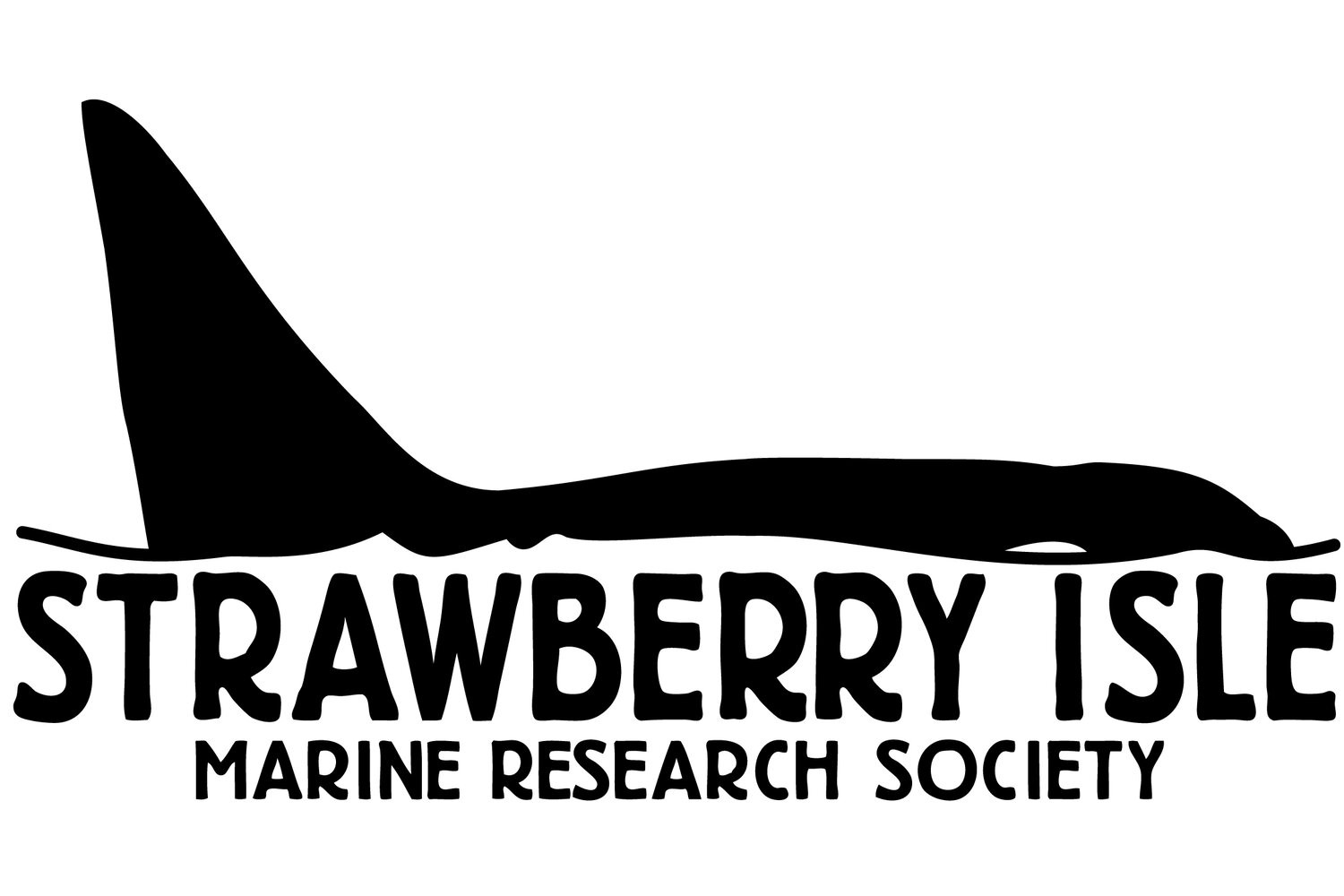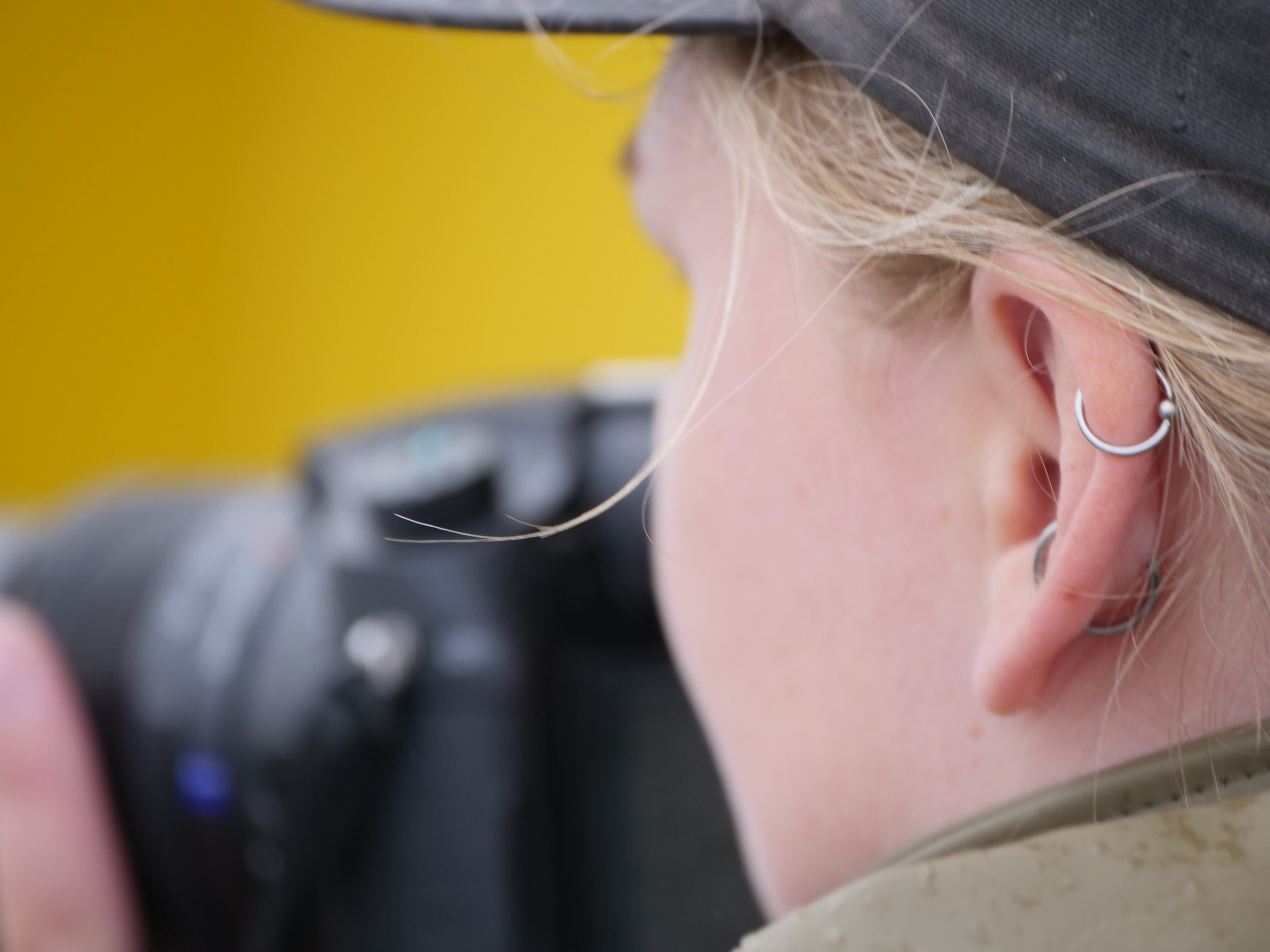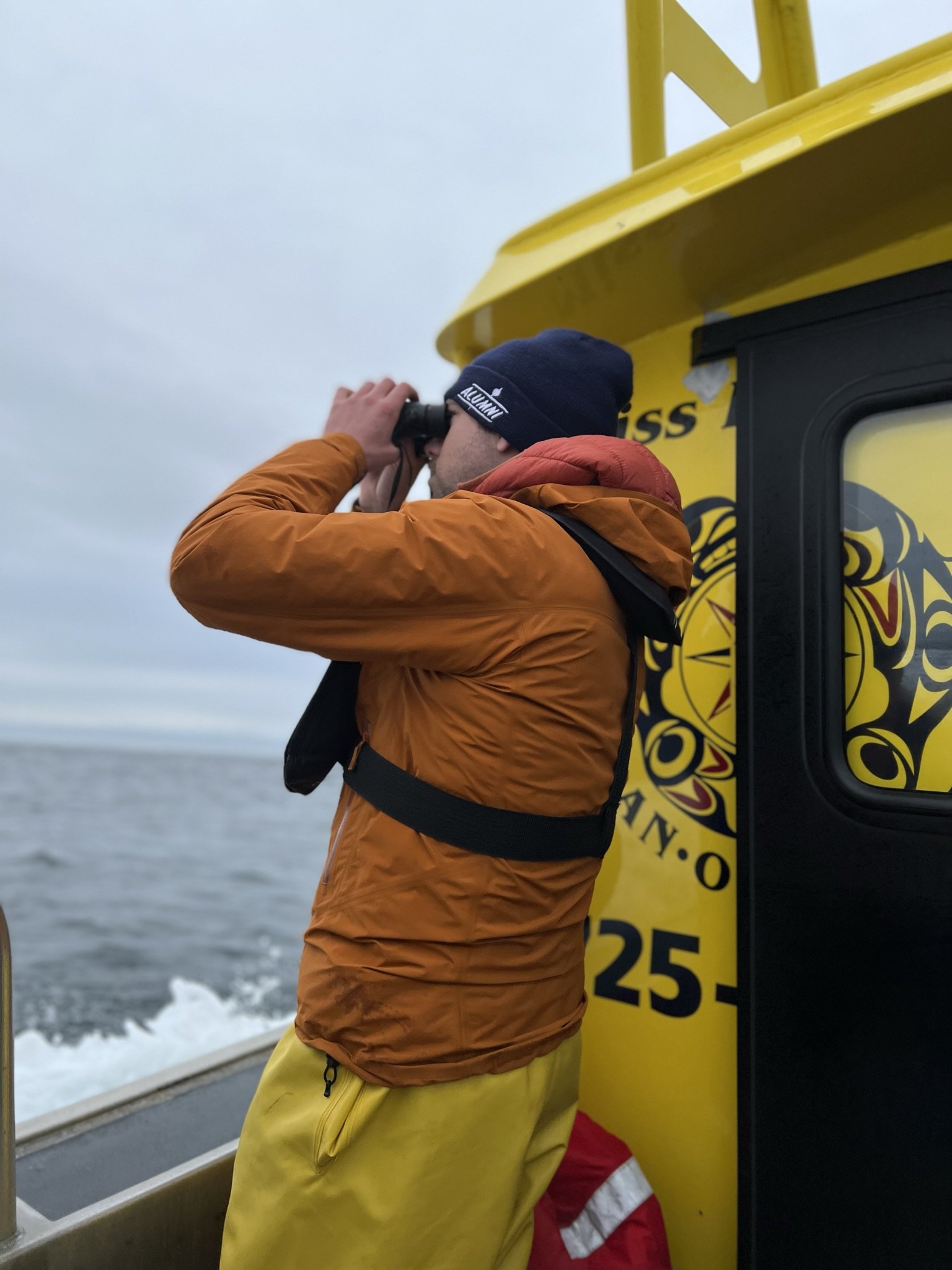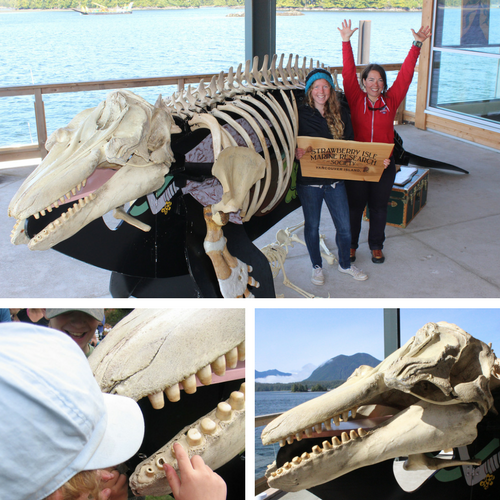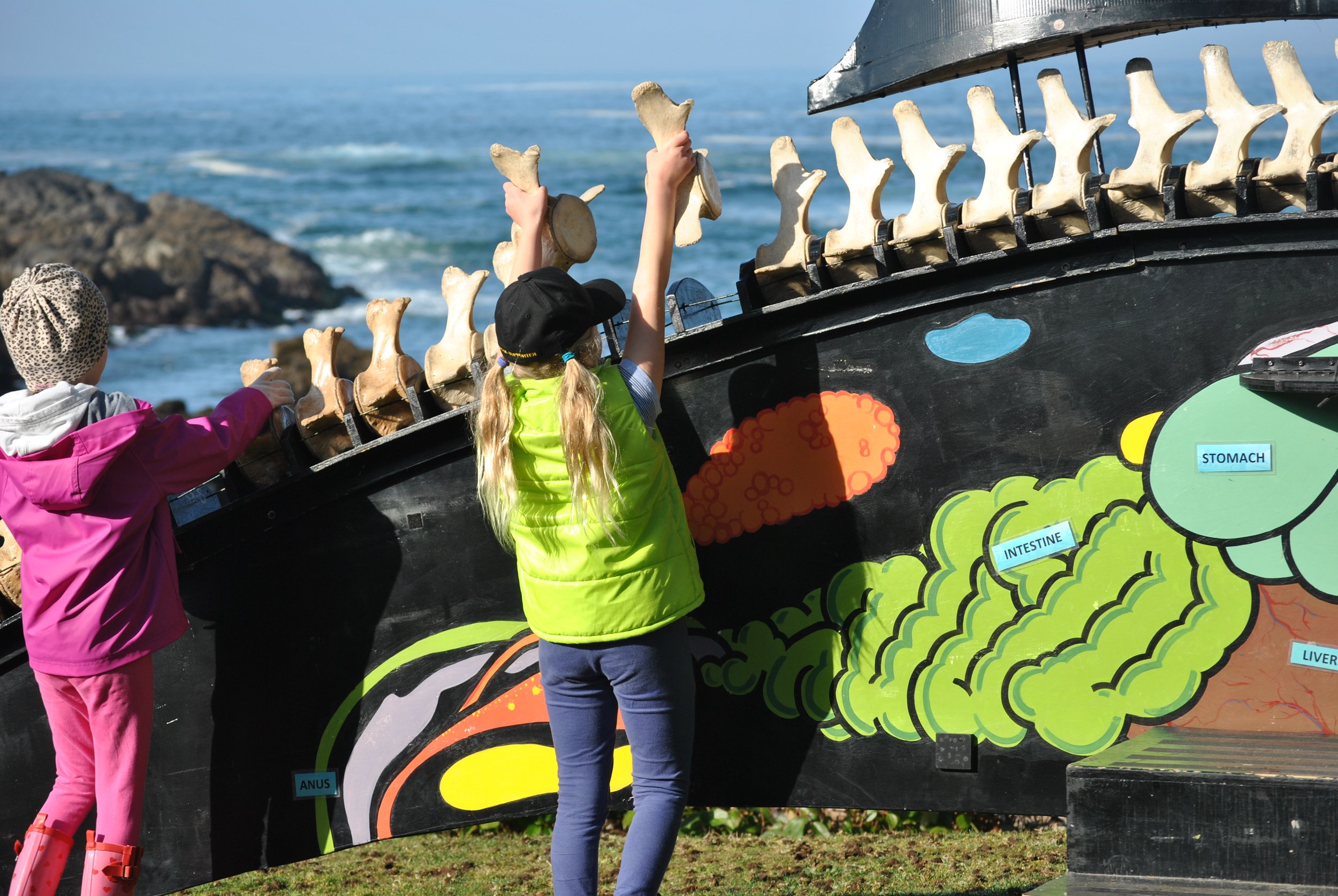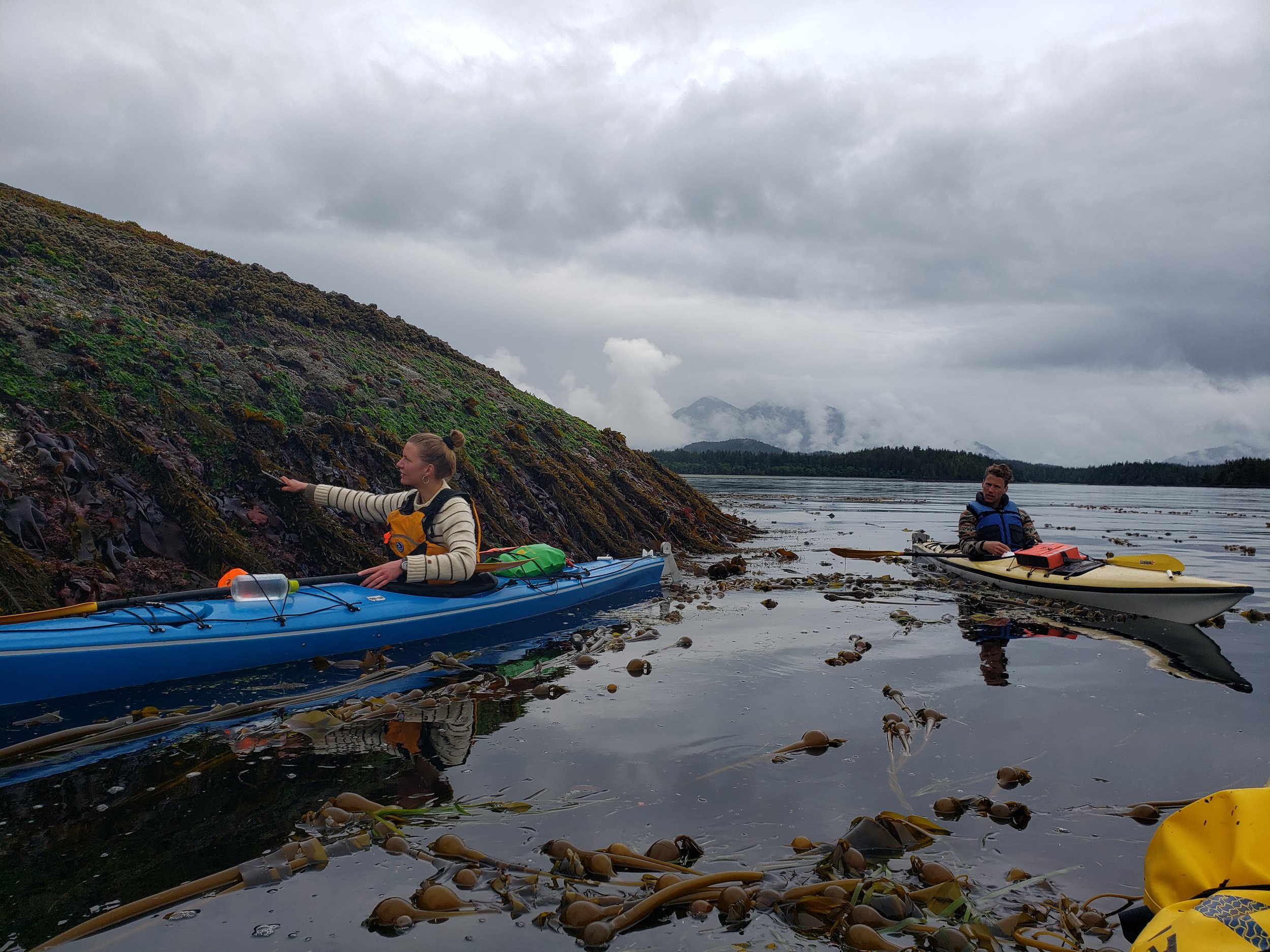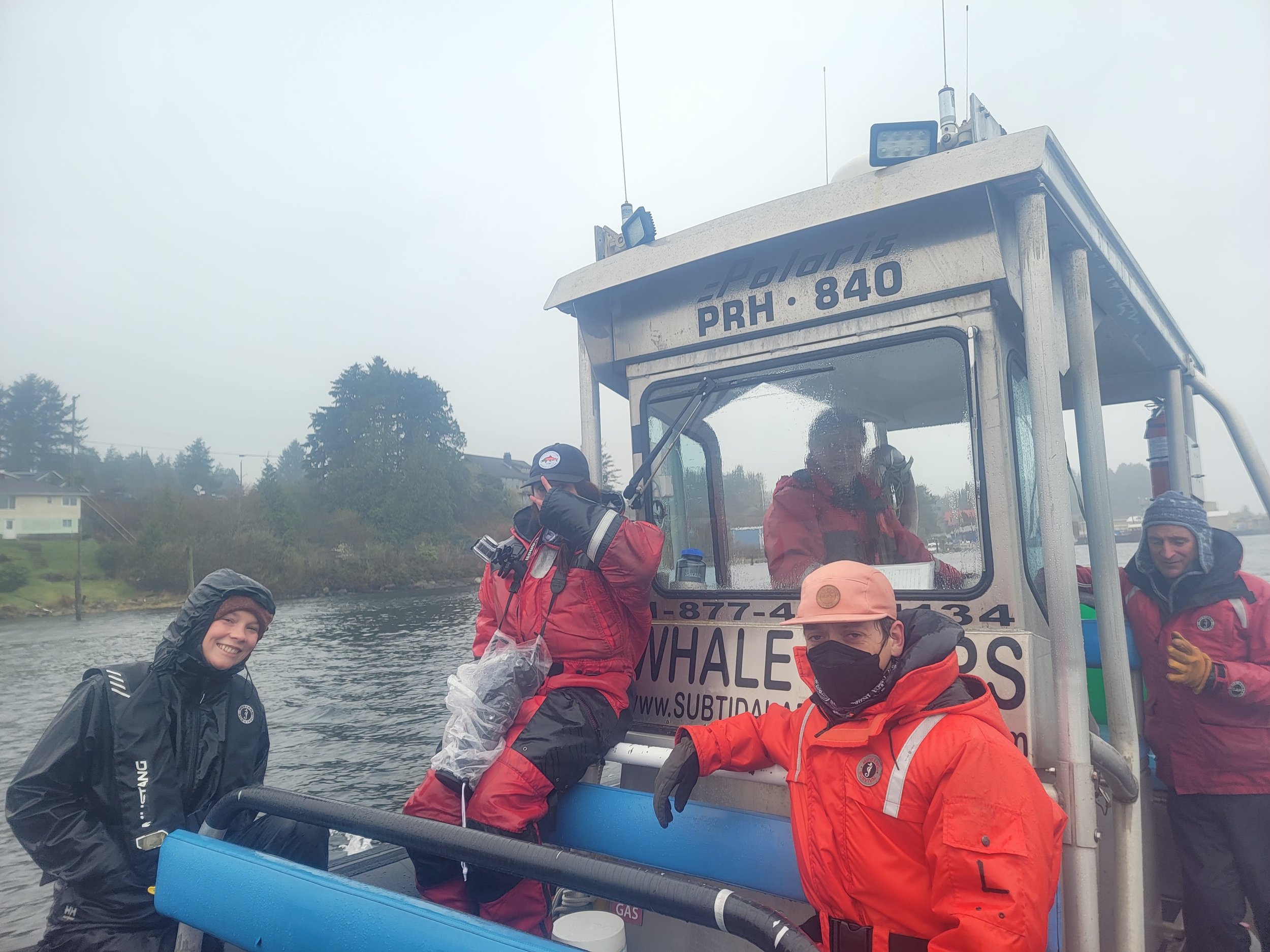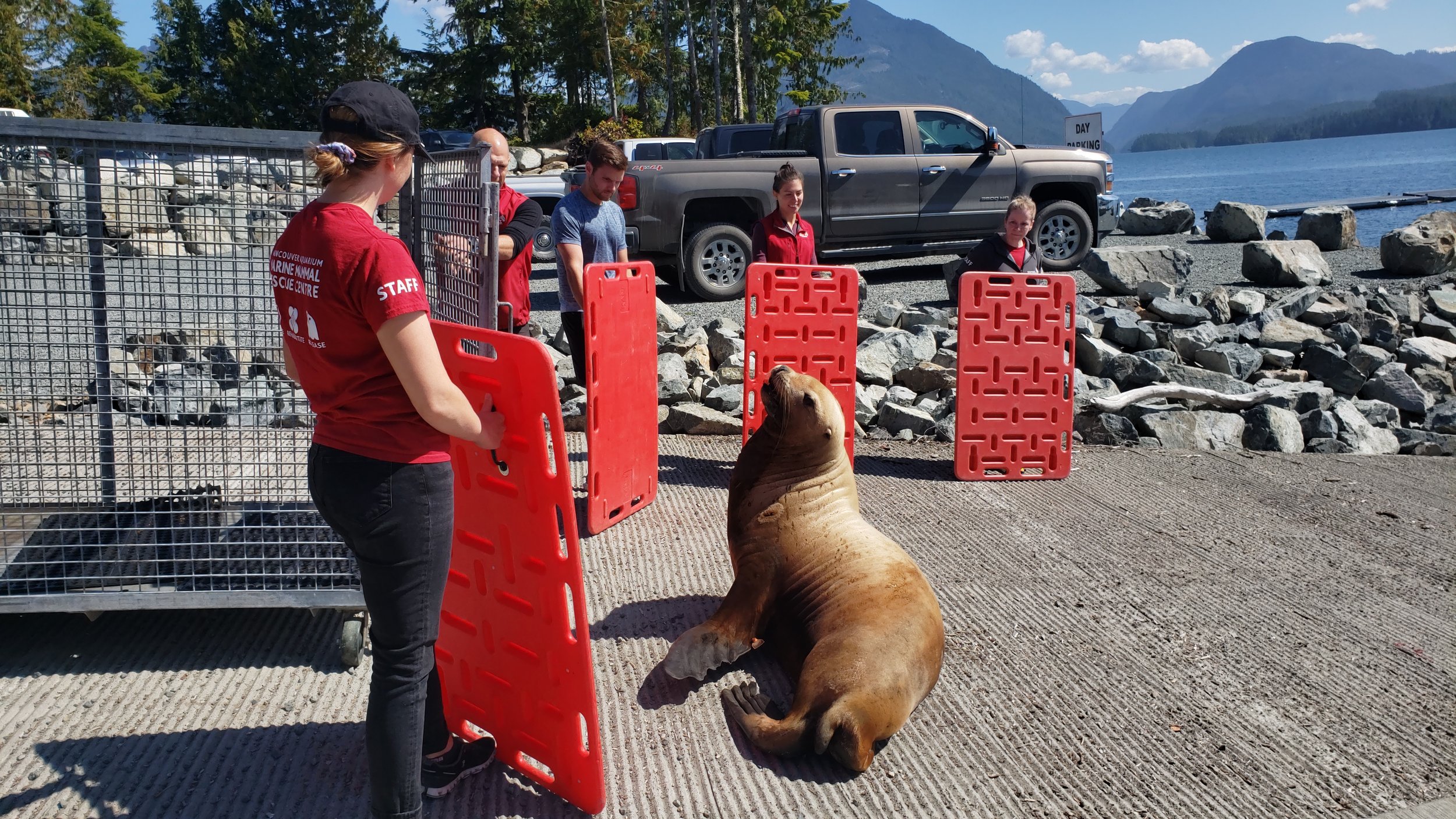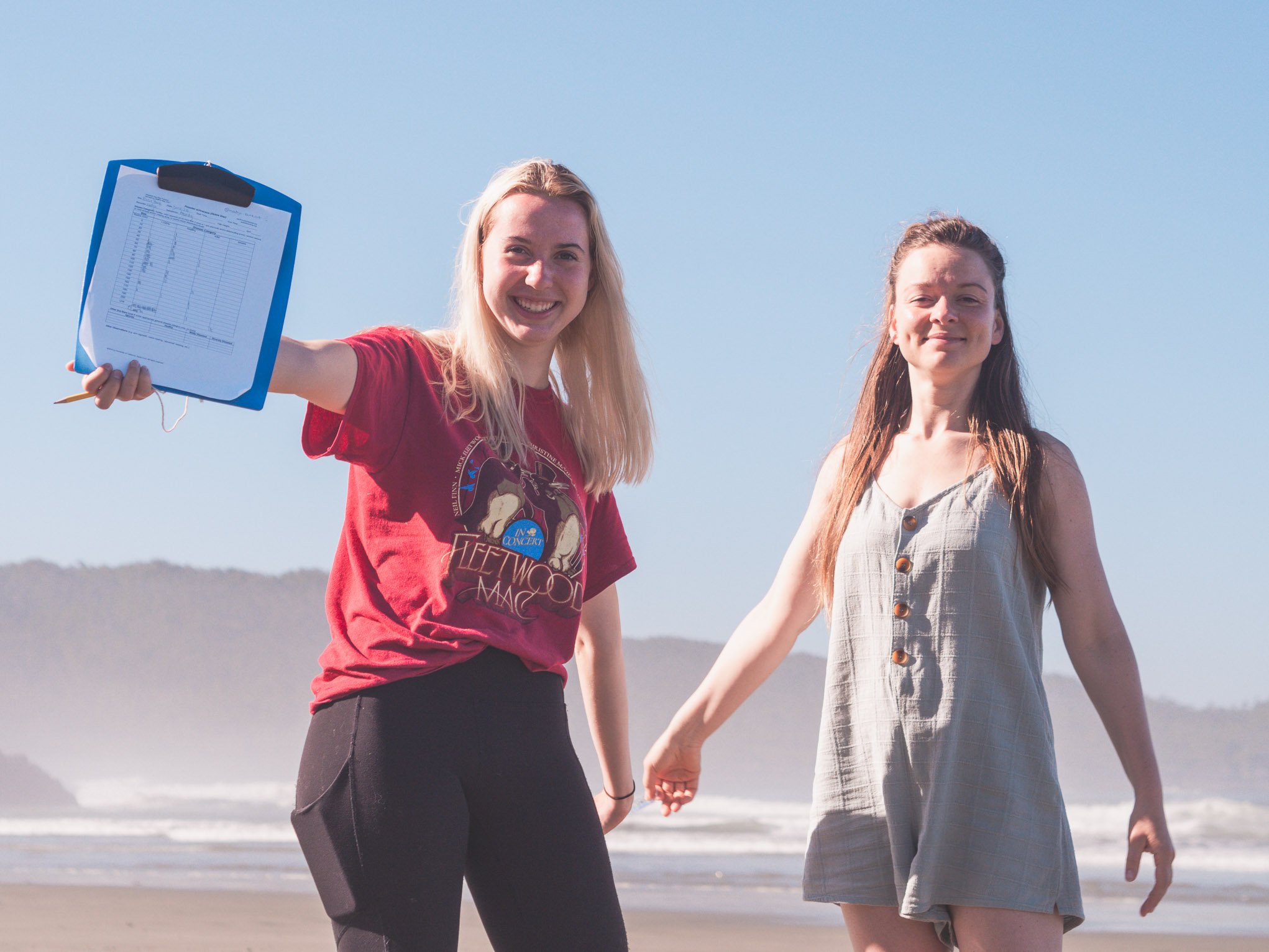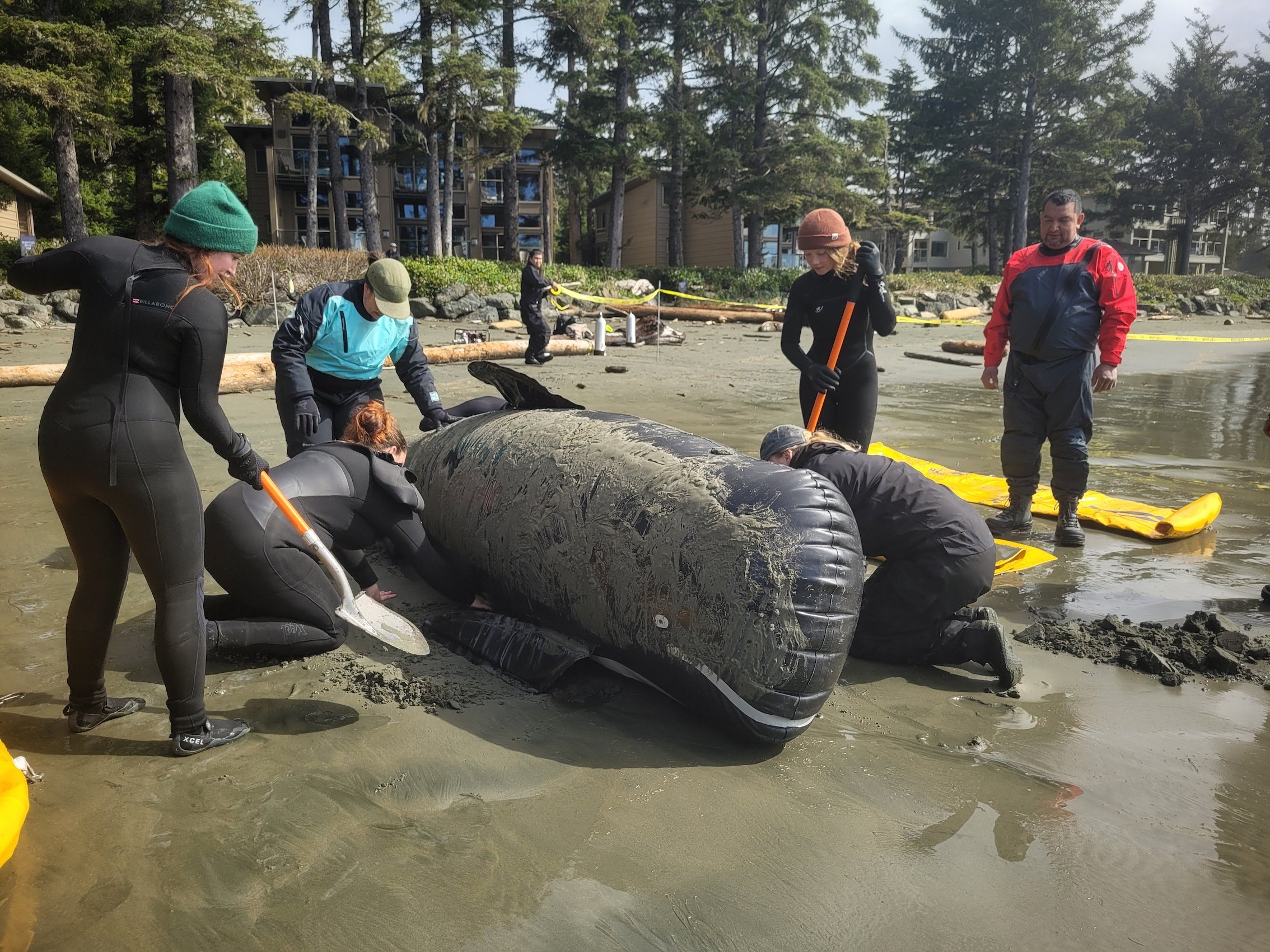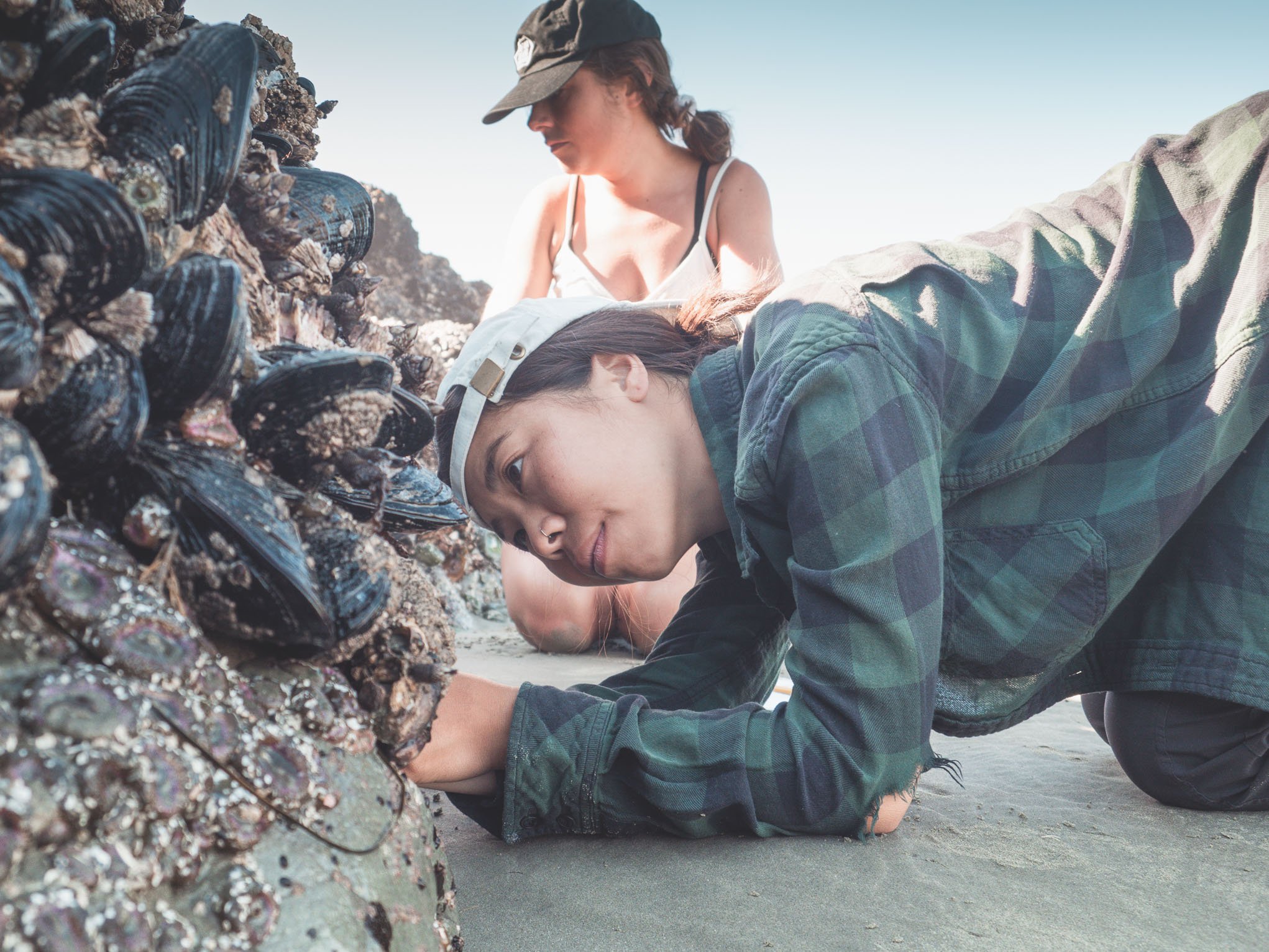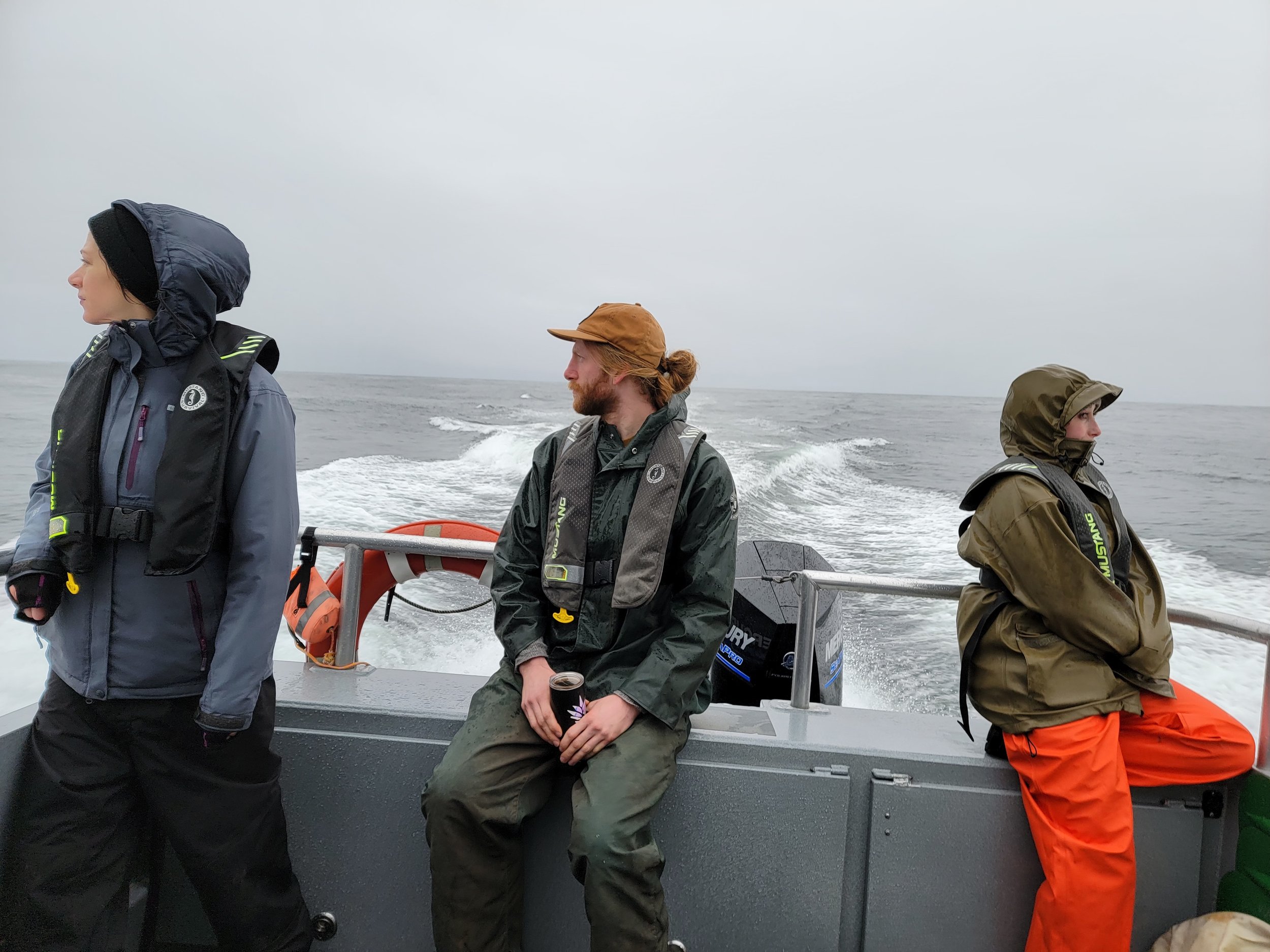An Origin Story: How Strawberry Isle Marine Research Society Came to Be
/In life it’s always beneficial to look back at what was in order to appreciate what is. Rewinding the clock to the start of Strawberry Isle Marine Research Society (SIMRS) will take you back to find one man, in one boat, in 1991. Rod Palm; the man, the myth, the legend, here in Tofino, BC. A character with a passion like no other for the wonders of the sea. The story of SIMRS proves this.
It all began on an Island. Strawberry Island, to be exact, where Rod lived with his wife and 5 kids in an old ship called “The Norvan I”. It was originally a North Vancouver ferry boat built in the early 1900’s, which Rod ingeniously propped up on the rocky shore and turned into a home/ research center. You can still see it today, just look right as you drive into Tofino. You might even be lucky enough to catch a glimpse of Rod who still lives in the Norvan amongst his impressive collection of whale bones.
From this nautical home, Rod would leave to go to work on his research vessel “Eco”, spending several years taking identification photos of Bigg’s (formerly Transient) Killer Whales for Dr. Michael Bigg. Bigg had come up with the revolutionary concept that individual killer whales could be distinguished by photo ID. As Rod helped develop these identification catalogs of Killer whales in Clayoquot Sound, it became apparent that the whales were spending much more time here than what was previously suspected. This inspired Rod to launch a society dedicated to more serious monitoring and recording of Bigg’s Killer Whales. On January 1, 1991, Strawberry Isle Marine Research Society was formed.
From these early excursions in Clayoquot Sound, Rod would write “Scuttlebutt” newsletters and updates. In 1994, he described sitting on the edge of his seat watching two aggressive young bulls (male killer whales) battling to defend their mothers as though they were titans of the sea in a battle royale. Even more exhilarating was his description of “Party Time” in the Clayoquot Sound, when five or more transient pods came as a swarm along the coastline, breaching, spy-hopping, tail slapping and performing all sorts of hijinks. He paints a picture of himself as “a wild haired human charging along with the rampaging whales, hooting, hollering and gesticulating as though possessed” while speeding in his boat to keep up with the crowd. Rod’s talent for storytelling brought SIMRS science and conservation work into the hearts of the community, inspiring many to do their part in ocean conservation. You can find many more tales from the sea in our revitalized Scuttlebutt blogs right here- just scroll down!
Over the years, the Bigg’s Killer Whale monitoring evolved into a network of local people and organizations sharing photo and behavioral data with SIMRS. Having more eyes on the water has been crucial to this research, where more information such as individual identification of visiting whales, frequency of visitation, routes traveled and behavior can be observed in the area. With the help of this community, we have been able to expand our marine research and education initiatives. SIMRS continues to contribute to population monitoring of Bigg’s Killer Whales since the early 90s, has led eight consecutive years of sea star wasting disease monitoring through citizen-science, researches our vastly understudied offshore ecosystem through pelagic marine species surveys, educates communities about the ocean using a real killer whale skeleton with a one-of-a kind ‘Build-A-Whale’ program, and has responded to hundreds of marine mammal emergencies and rescues on our coastline over the last 30 years.
“Our mission at Strawberry Isle Marine Research Society's, is to conduct long-term marine research and monitoring, to educate communities about marine ecosystems, and to provide emergency marine mammal response. However, as a small grassroots organization, we have suffered great financial losses over recent years due to impacts of the COVID-19 pandemic. In order to continue Rod Palm’s legacy and uphold our mission, SIMRS needs help in a time of financial hardship. If you are passionate about marine conservation in Clayoquot and Barkley Sounds and a proud supporter of SIMRS, we invite you to make an investment in us and the marine ecosystems we serve to protect!”
-SIMRS Executive Director, Karyssa Arnett
Learn more about Strawberry Isle Marine Research Society and how you can support our work:
